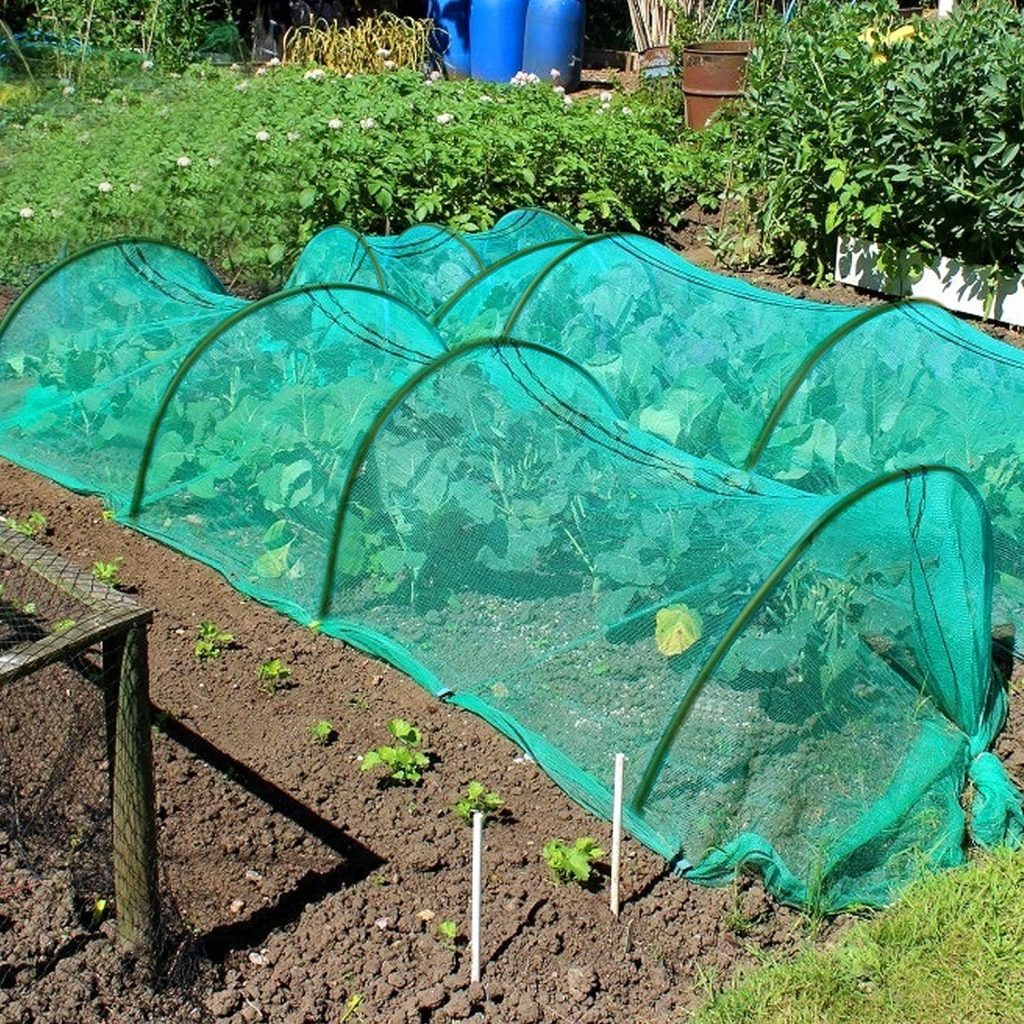Agroecological Principles and Practices
Agroecological practices apply ecological principles to agricultural systems, aiming to create sustainable and resilient farming practices. It focuses on the health of the ecosystem, emphasizing biodiversity, soil health, and social equity.
Terms such as regenerative agriculture, eco-agriculture, and low-external-input farming, are also used to describe agroecology.
Agroecological Principles and Practices
Here are key agroecological principles and practices that can transform agriculture into a more sustainable endeavor.
1. Diversity
Basically, biodiversity is a cornerstone of agroecological systems. It enhances ecosystem functions and resilience.
- Crop Diversification: Plant a variety of crops to reduce pest and disease risks and improve soil health. This includes polycultures, intercropping, and agroforestry.
- Rotational Grazing: Use livestock to manage pastures by rotating grazing areas. This improves pasture health and reduces soil compaction.
- Habitat Diversity: Create diverse habitats such as hedgerows, ponds, and wildflower strips to support beneficial insects and wildlife.
2. Synergy
Agroecological systems emphasize the synergies between different components of the ecosystem.
- Companion Planting: Grow plants together that benefit each other, such as beans and corn, which enhance nutrient uptake and pest resistance.
- Integrated Crop-Livestock Systems: Combine crops and livestock to recycle nutrients. Livestock manure adds fertility to the soil, while crops provide feed for animals.
- Agroforestry: Integrate trees and shrubs into agricultural landscapes to provide shade, improve soil structure, and offer additional products like fruits and timber.
3. Recycling
Recycling organic matter and nutrients within the farming system minimizes waste and enhances soil fertility.
- Composting: Convert plant residues and animal waste into compost to return nutrients to the soil.
- Green Manure: Grow cover crops and incorporate them into the soil to add organic matter and improve fertility.
- Mulching: Also use organic mulches to retain moisture, suppress weeds, and gradually enrich the soil as they decompose.
4. Resilience
Building resilience helps farming systems withstand and recover from environmental and economic shocks.
- Diversified Cropping Systems: Mix different crops to buffer against market and climate variability.
- Soil Conservation: Employ practices such as contour plowing, terracing, and no-till farming to prevent soil erosion and maintain soil health.
- Water Management: Use efficient irrigation methods to ensure water availability during dry periods. Common methods include drip irrigation and build rainwater harvesting systems.
5. Sustainable Use of Resources
Efficient use of natural resources reduces environmental impact and promotes long-term sustainability.
- Efficient Water Use: Implement rainwater harvesting and drip irrigation, as well as mulching, to conserve water.
- Renewable Energy: Utilize solar, wind, or bioenergy sources to power agricultural operations.
- Local Inputs: Minimize reliance on external inputs by using locally available resources, such as seeds, organic fertilizers, and natural pest controls.
6. Social Equity
Agroecology promotes fair and equitable farming systems that also support local communities and economies.
- Fair Trade Practices: Engage in fair trade to ensure farmers receive a fair price for their products.
- Community-Supported Agriculture (CSA): Develop CSAs where consumers invest in local farms in exchange for regular shares of the harvest.
- Farmer Cooperatives: Moreover, form cooperatives to provide mutual support, share resources, and increase bargaining power.
7. Co-Creation and Sharing of Knowledge
Agroecology values the integration of scientific and traditional knowledge to improve farming practices.
- Farmer Field Schools: Conduct field schools where farmers can also learn and experiment with agroecological practices.
- Participatory Research: Involve farmers as well in research projects to ensure that innovations are practical and context-specific.
- Knowledge Networks: Furthermore, establish networks to share knowledge and experiences among farmers, researchers, and communities.
Implementing Agroecological Practices
To put these principles into action, consider the following practical steps:
- Start Small: Firstly, begin with small-scale trials of agroecological practices to observe their benefits and challenges.
- Engage with Community: Collaborate with local farmers, extension services, and NGOs to share knowledge and resources.
- Monitor and Adapt: In addition, continuously monitor the impacts of agroecological practices and be ready to adapt based on observations and feedback.
- Promote Biodiversity: Plant a variety of species, including cover crops and perennials, as well as nitrogen-fixing plants.
- Build Healthy Soil: Last but not least, regularly add organic matter through composting, cover cropping, and reduced tillage.

